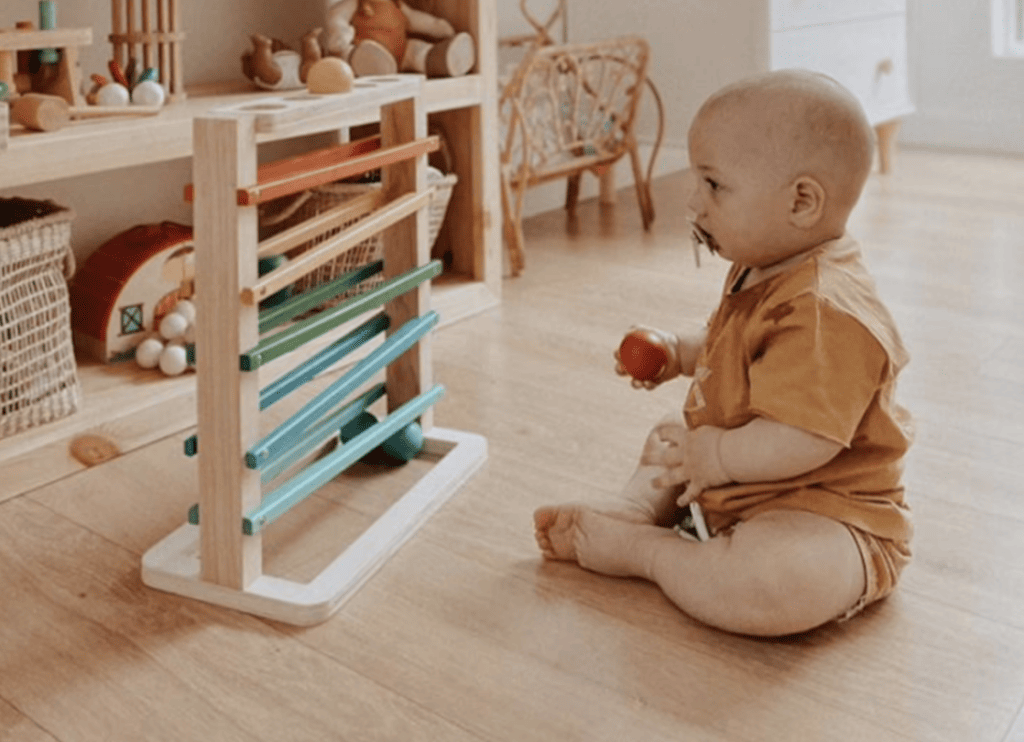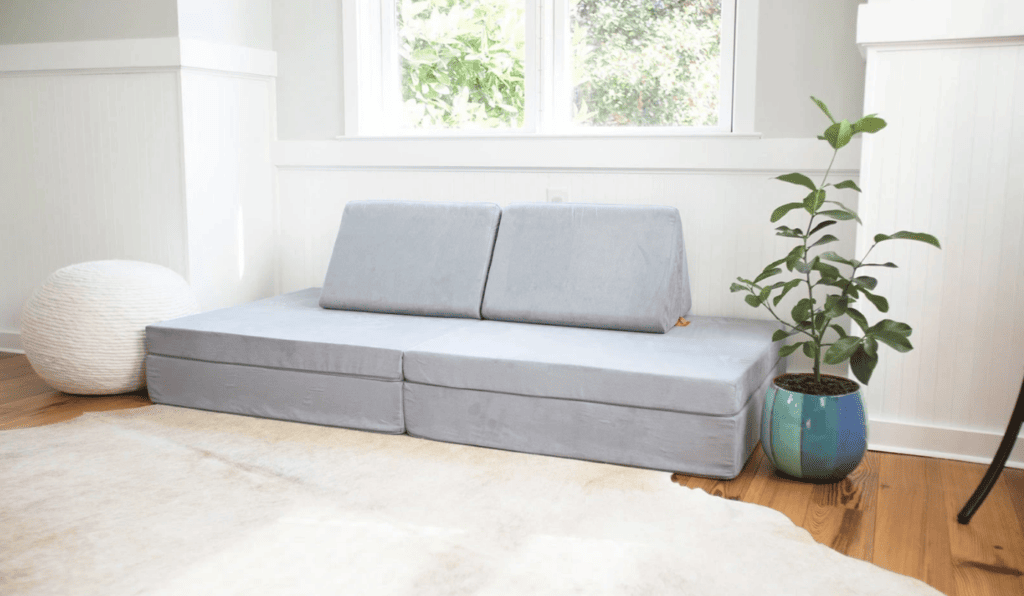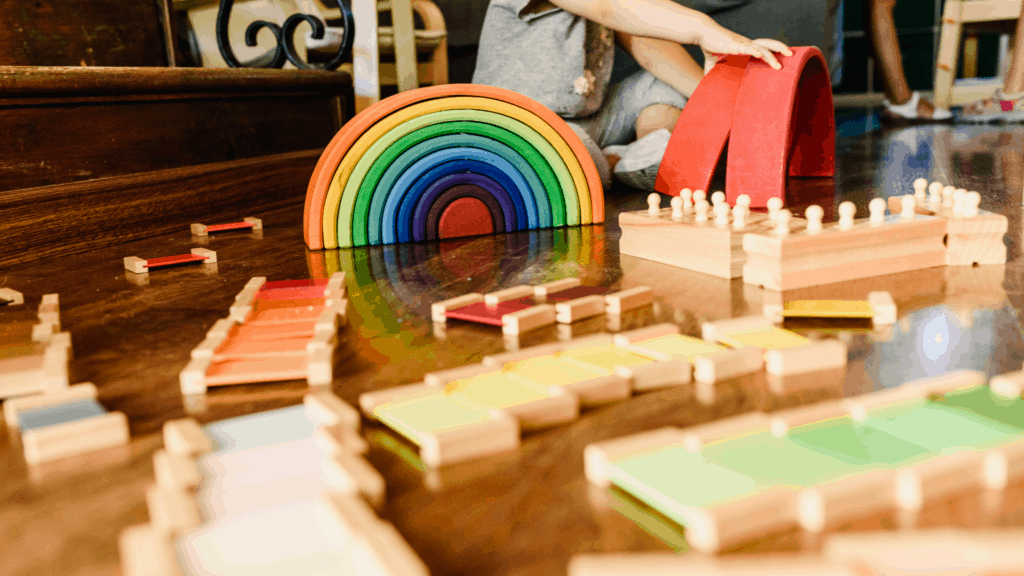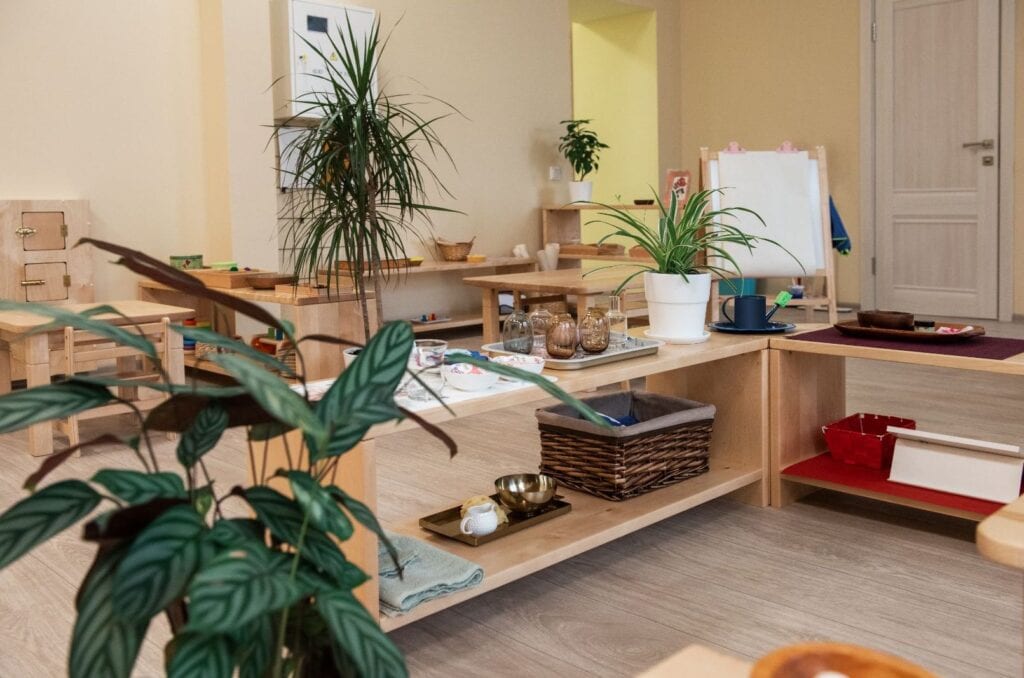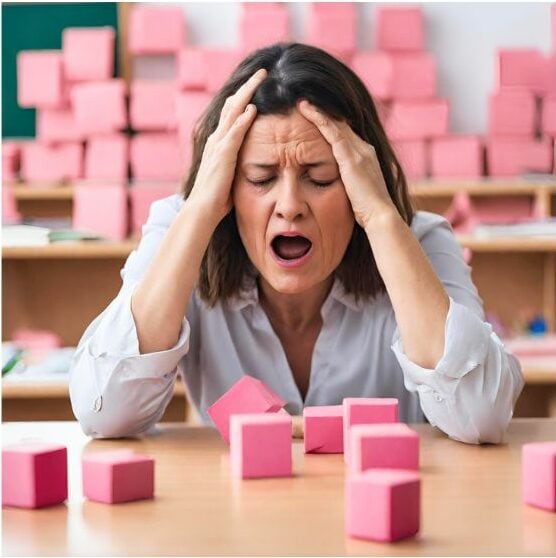When it comes to
There are 6 main elements and characteristics of the
The characteristics and qualities of Montessori classrooms play a large part in fulfilling the 6 different principles of the prepared learning environment.
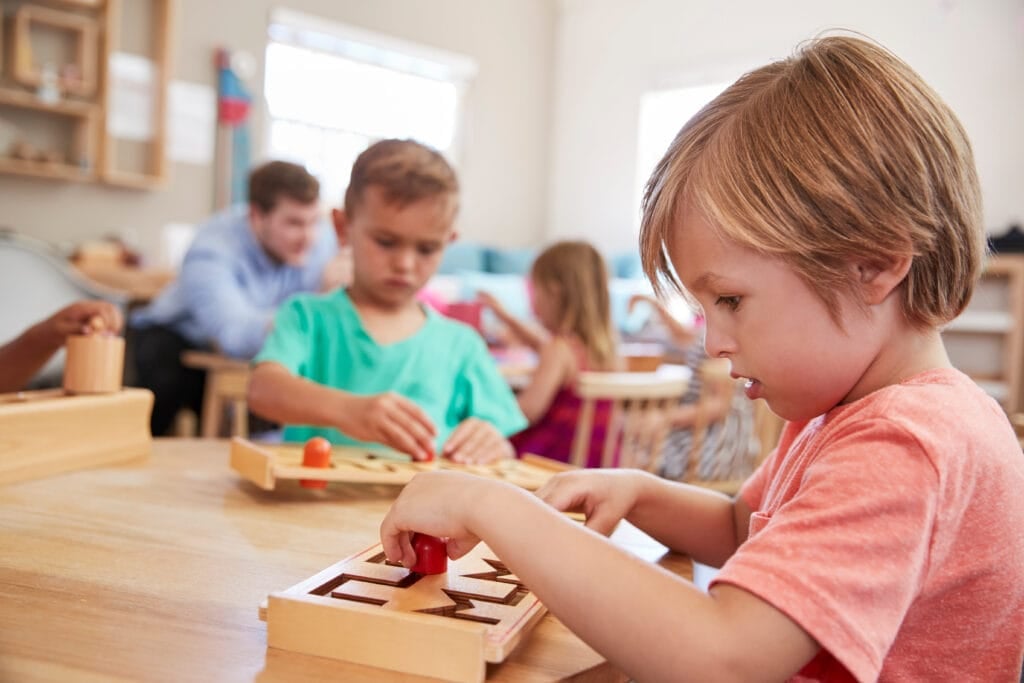
The 6 Principles of the Prepared Environment
First and foremost, it is crucial to go over the 6
- Freedom
- Structure and order
- Beauty
- Nature and Reality
- Social Environment
- Intellectual Environment
The first two principles, freedom and structure and order, work well together because there is an organized routine to the classroom and children have the freedom to do what they want as long as it falls within the routine’s structure. A Montessori classroom thrives off of the balance between these two principles as long as the educator creates clear boundaries. With sole freedom, the classroom would be chaotic and detrimental to the learning experience of every participant. With structure and order only, students would not be able to fully discover their interests and strengths.
Beauty, nature, and reality are a few more of the principles of
In order to fulfill a social environment, educators encourage students to work with one another. Through working and playing, students can learn how to pick up on social cues and the varying personalities and behaviors of other students. The social environment is designed to help children learn how to empathize with one another and work together constructively.
Creating an intellectual environment is crucial because a classroom is where a child needs to learn about different subjects such as math, reading, language, etc. The different activities within a
What is the Montessori Prepared Environment
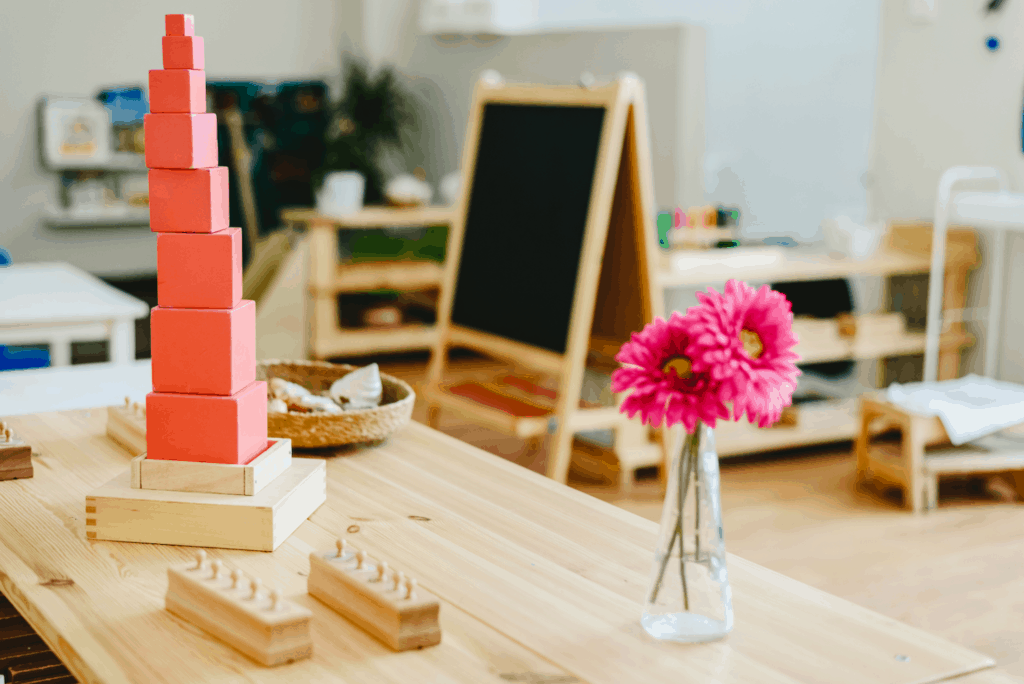
The
Teachers are trained to be very aware of the age group that they are working with, as this will completely change the course and routines for some students. Prepared environments will have Montessori activities that are based specifically on the needs of the students in that age group. These different activities allow students to move from learning activity to activity so that they can learn to be self-regulating.
The
The Main Goal of the Prepared Environment
The main goal of the
According to the American Montessori Society, there are 4 different age categories, all of which have very different goals from one another. The youngest age groups are infants and toddlers. The main goal with this young group is to allow children to understand how to make individual choices while following routines and guidelines.
Early childhood is the second youngest group, usually ranging from ages 2.5 to 6. The goal of this age group is for children to gain more independence and to learn how to love learning. In a learning environment with this age group, children are expected to learn about practical life, cultural studies, math, language, and their senses.
After early childhood, there are elementary
Secondary classrooms in Montessori usually have students that are aged 12-18. To really shape the curriculum for adolescents and young adults, the
What are the Materials Needed in a Montessori Prepared Environment
Two of
One of the most iconic features of a
| Age Group | Necessary Learning Materials |
| Infants and Toddlers (ages birth-2 years) | Object Permanence Box Ball Tracker Imbucare Box (link) |
| Early Childhood (2-6 years) | Binomial Cube Golden Beads The Pink Tower Metal Insets Sand Paper Letters (link) |
| Elementary (6-12 years) | Grammar Symbols Reading and Sentence Analysis Charts Theorem of Pythagoras Bead Cabinet Stamp Game (link) |
Each of these materials are used for a variety of reasons to develop and strengthen children’s minds and motor skills before they advance to the next grade or level of
In a secondary classroom (ages 12-18), there are not specific materials as listed within the table above. Generally, students in this age group learn to work as a community with their peers or students that are in the younger age group. Adolescents and young adults also gain experience in real-world situations, such as class leadership, cultivating nature, using technology, creating businesses, etc.
How is the Montessori Environment Organized

The purpose of the
Infant and Toddlers
In the Infant and Toddlers classroom, the learning environment is organized depending on how old the students are. Those that are 0-18 months old are placed in a comfortable environment with highly-trained educators. The classroom is made to be safe, all while letting children explore their world without restrictions.
Classrooms for 18 months to 2-year-old children are designed to help them start learning about independence and autonomy. Caretakers will read books to the children so that they can begin developing a knowledge of their language and culture. Children also begin learning how to act independently, such as being able to clean up their learning materials, maintaining personal hygiene, and choosing to play alone or in a group.
The routines in Infant and Toddler classrooms are made to replicate everyday life so that children can develop interpersonal, language skills, and fine motor and large motor skills. Young children are expected to start developing their interests and personalities before moving onto the next stage of
Early Elementary
In the Early Elementary classrooms, young children begin fine-tuning the lessons that they have learned in infant and toddler classrooms. The 2-6-year-old students are given about 2 or more hours of work time. During this time, children are allowed to work on an activity for as long as they would like.
If the students become disinterested in the activity at hand, then they need to clean up the materials from said activity, and then choose a new activity to work on. Children can choose whatever they would like to work on. This teaches children autonomy, coordination, and concentration.
Elementary
Elementary classrooms are usually made up of small multi-age learning groups, which means that there are students of different grades are in the same classroom. This helps children learn how to collaborate with their peers in all different age groups as well as develop their socialization skills. Students in these age groups start to learn more about the world that they live in through different subjects such as language, math, geography, science, and cultural studies. Students also begin to learn how to manage their time and focus on responsibility. Children and educators will work together to create deadlines and reminders for assignments.
Since elementary classrooms are made up of children that are learning about the world around them, educators will often take students on field trips to places such as doctor’s offices, libraries, greenhouses, science centers, etc. so that children will get a real-world example of how the subjects they are learning about in the classroom apply to different occupations.
Secondary
Secondary classrooms are often made up of adolescents ages 12-18 years old. In order to keep up with their interests and development, educators try to teach the young teens about practical work, social settings, leadership, and contributing to society. Many secondary classrooms are made up of multi-age groups, similar to elementary classrooms. This gives young adults and adolescents the opportunity to work together and learn from one another.
Most of the secondary classrooms are organized with 2 or more hours of work time. Students work on core subjects individually or in a group setting. Educators also use a type of learning style called “spiral curriculum.” This means that students will learn about different subjects and topics that complement one another.
Students in this age group are also given the opportunity to start businesses and complex projects in order to prepare themselves for adulthood all while mastering time management, meeting deadlines, working with others, and expanding their imaginations.
Main Characteristics of a Montessori Prepared Environment
The main characteristics of
- Autonomy
- Community
- Structure
- Beauty
Children are expected to be in charge of their own learning style, which is why
Since students often work in multi-age groups, they learn how to work as a community of peers. They learn how to work through their differences and use their knowledge together. Working in this type of environment gives students real-life experience and develops their social skills.
Prepared environments can be found within a classroom and in the world outside of a classroom. Students will often take field trips in their community to have a true learning experience about the world around them. This expands the boundaries of students’ imaginations and makes them realize that they can pursue any occupation if they work hard. Inside Montessori classrooms, all the details from the materials to the wall colors are designed to be beautiful and create a comfortable environment for the children.



